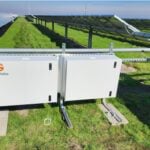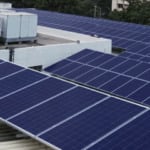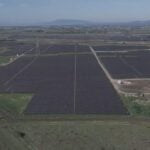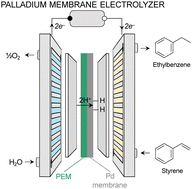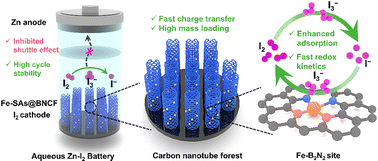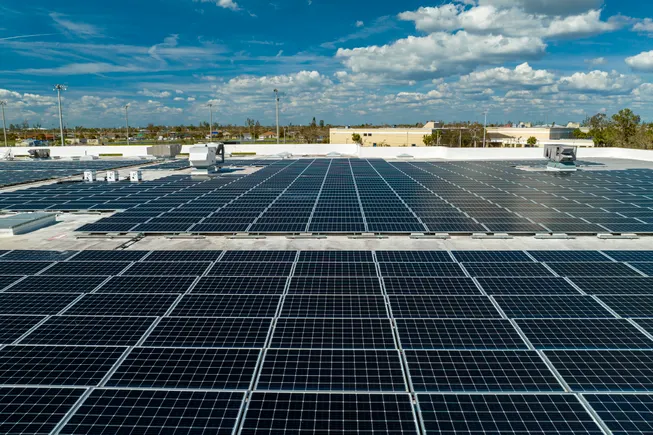Minimizing Redox‐Reactivity to Improve the Stability of Perovskite/Silicon Tandem Solar Cells
Advanced Energy Materials, EarlyView.

The hybrid two-step method modulates crystallization dynamics to produce larger perovskite crystals and lower grain boundary density compared to one-step processes, effectively minimizing redox-active sites. This process suppresses the formation rates of I2 and Pb0 during device operation, thereby mitigating degradation mechanisms. Consequently, perovskite/silicon tandem solar cells fabricated using this method demonstrate significantly enhanced operational stability.
Abstract
Perovskite/silicon tandem solar cells have shown great promise as a next-generation photovoltaic technology. However, the instability of perovskite significantly lags behind its remarkable progress in power conversion efficiencies (PCE). It mainly results from the halide phase segregation due to the redox reactions at the grain boundaries (GBs) in perovskites. Therefore, reducing GB density is the most straightforward way to reduce the redox-active site and improve its long-term stability. Herein, GB density of the perovskite is controlled by nucleation and growth kinetics through comparison of two different perovskite fabrication methods, one-step and hybrid two-step method. It is found that the hybrid two-step method exhibits a much slower nucleation and crystallization rate than the one-step method. It significantly reduces the GB density, decreases the possibility of I− oxidation and Pb2+ reduction, and eliminates phase segregation. Therefore, perovskite solar cells (PSCs) and perovskite/silicon tandem solar cells fabricated by the hybrid two-step method retain at 95% and 83% of initial PCEs after 1000 and 500 h of maximum power point tracking (MPPT) at room temperature in nitrogen (N2), respectively, which is ≈10 and 6 times longer than the one prepared by one-step method.















































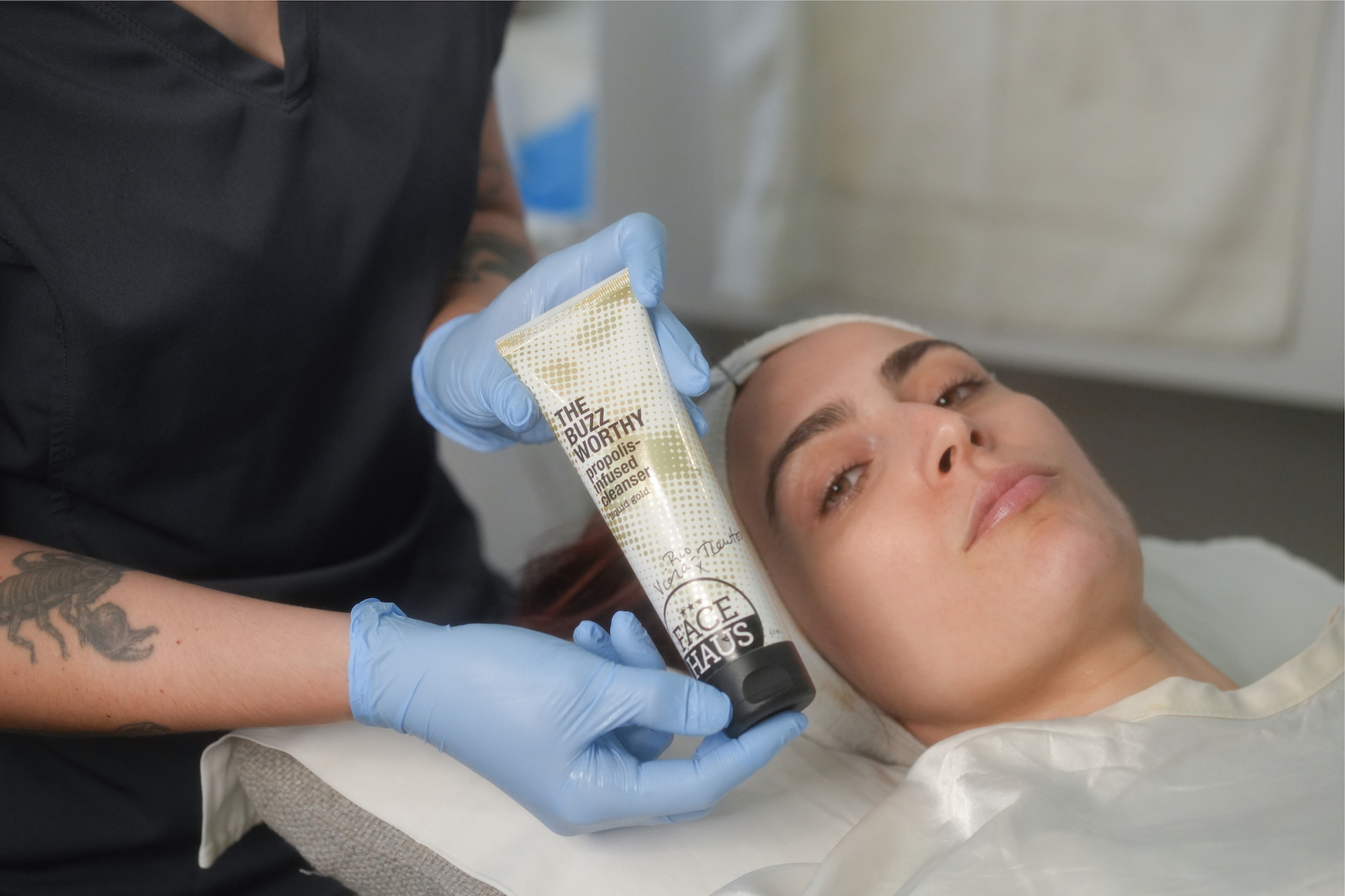













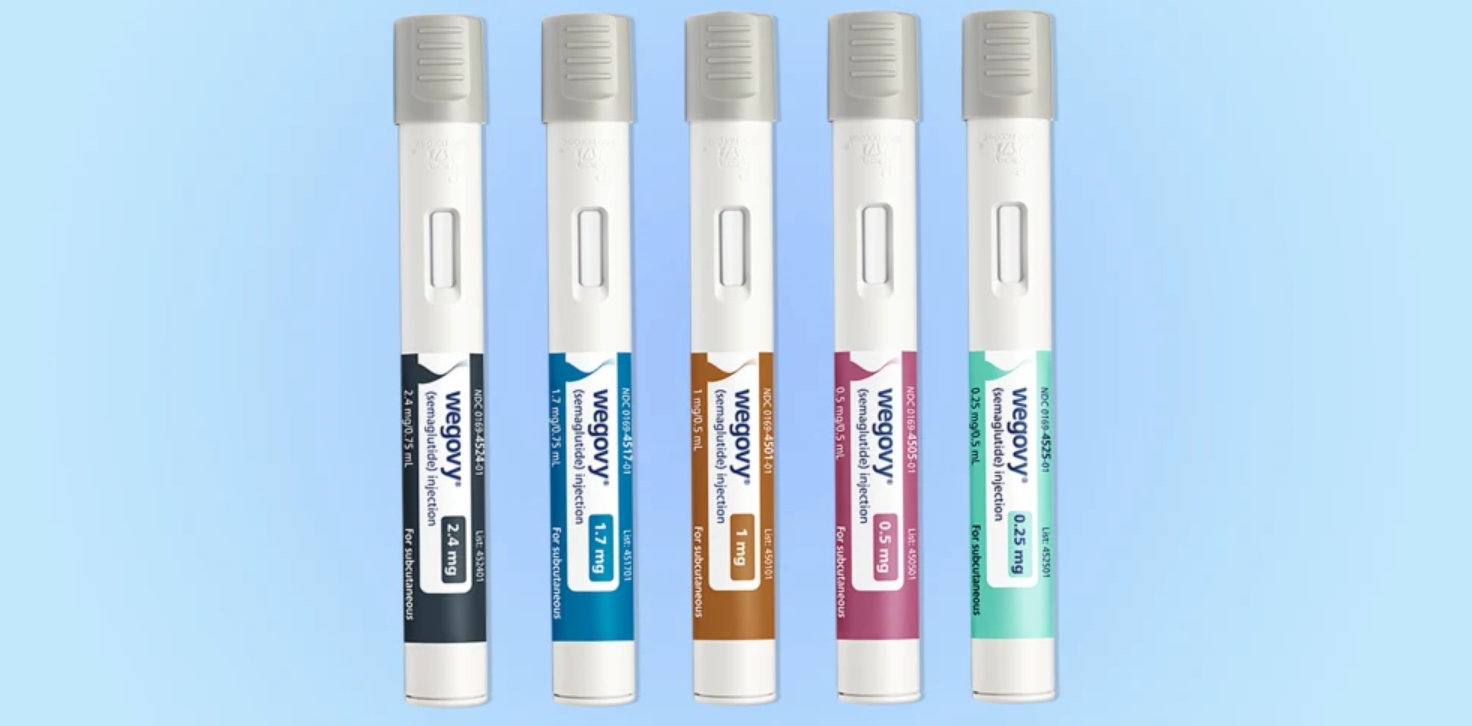





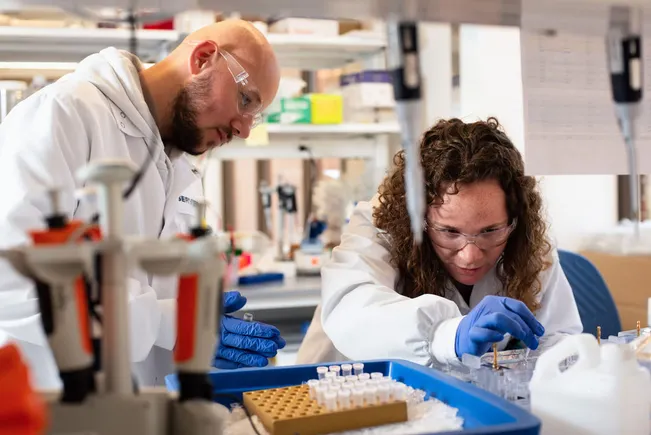

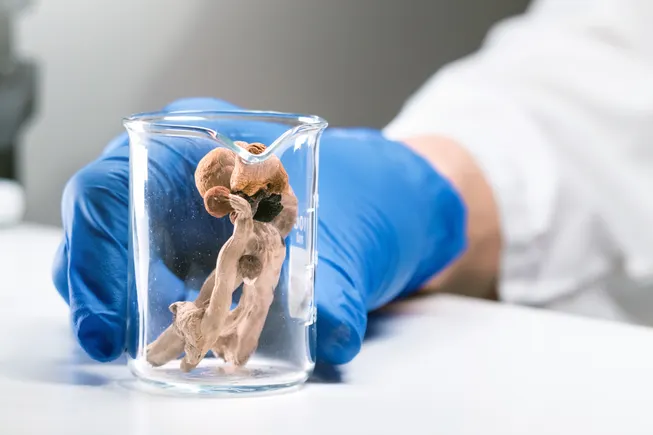


































![[Updated] B-2 Spirit Bombers Struck Iranian Nuclear Sites](https://theaviationist.com/wp-content/uploads/2025/06/B2sGuam_2.jpg)

























